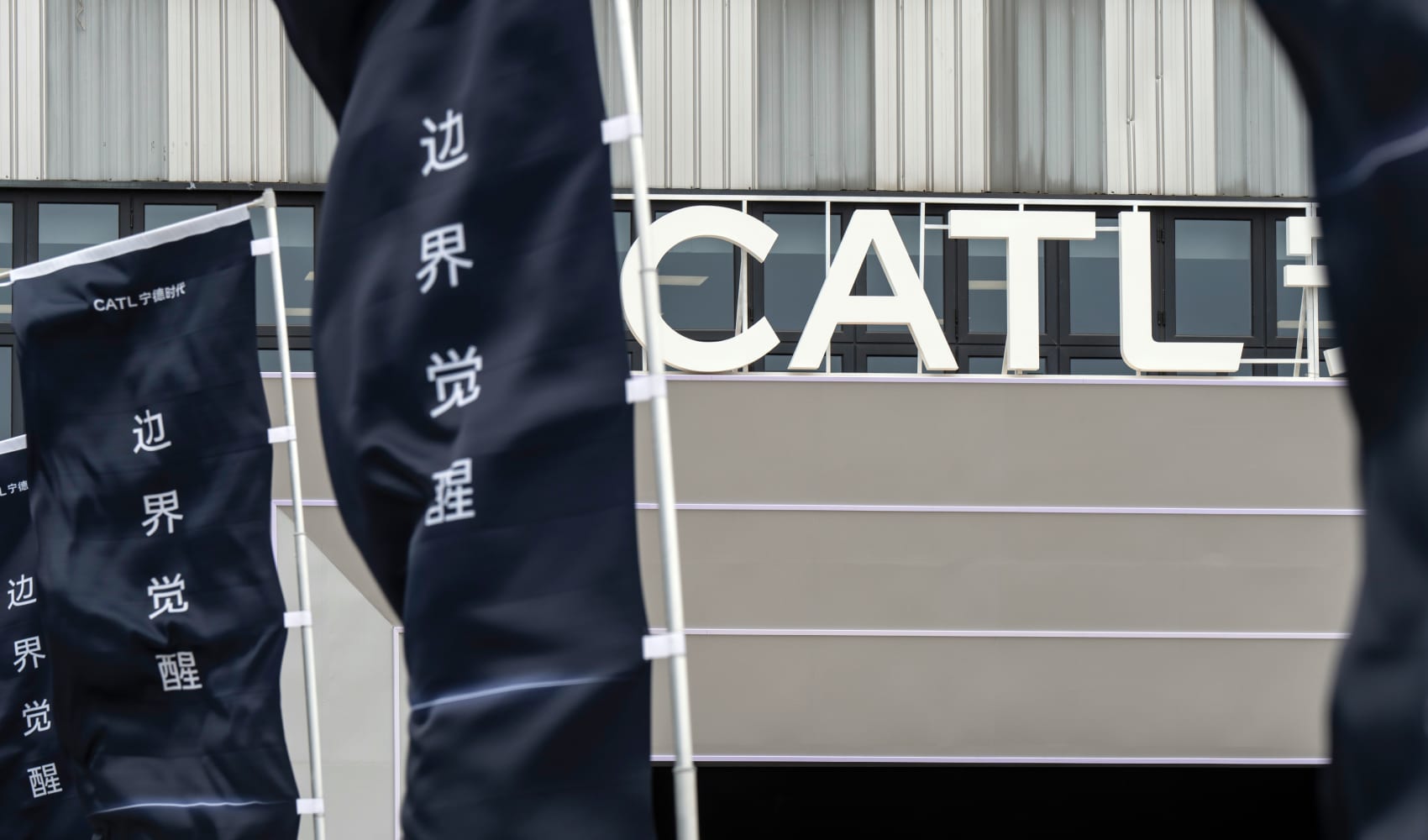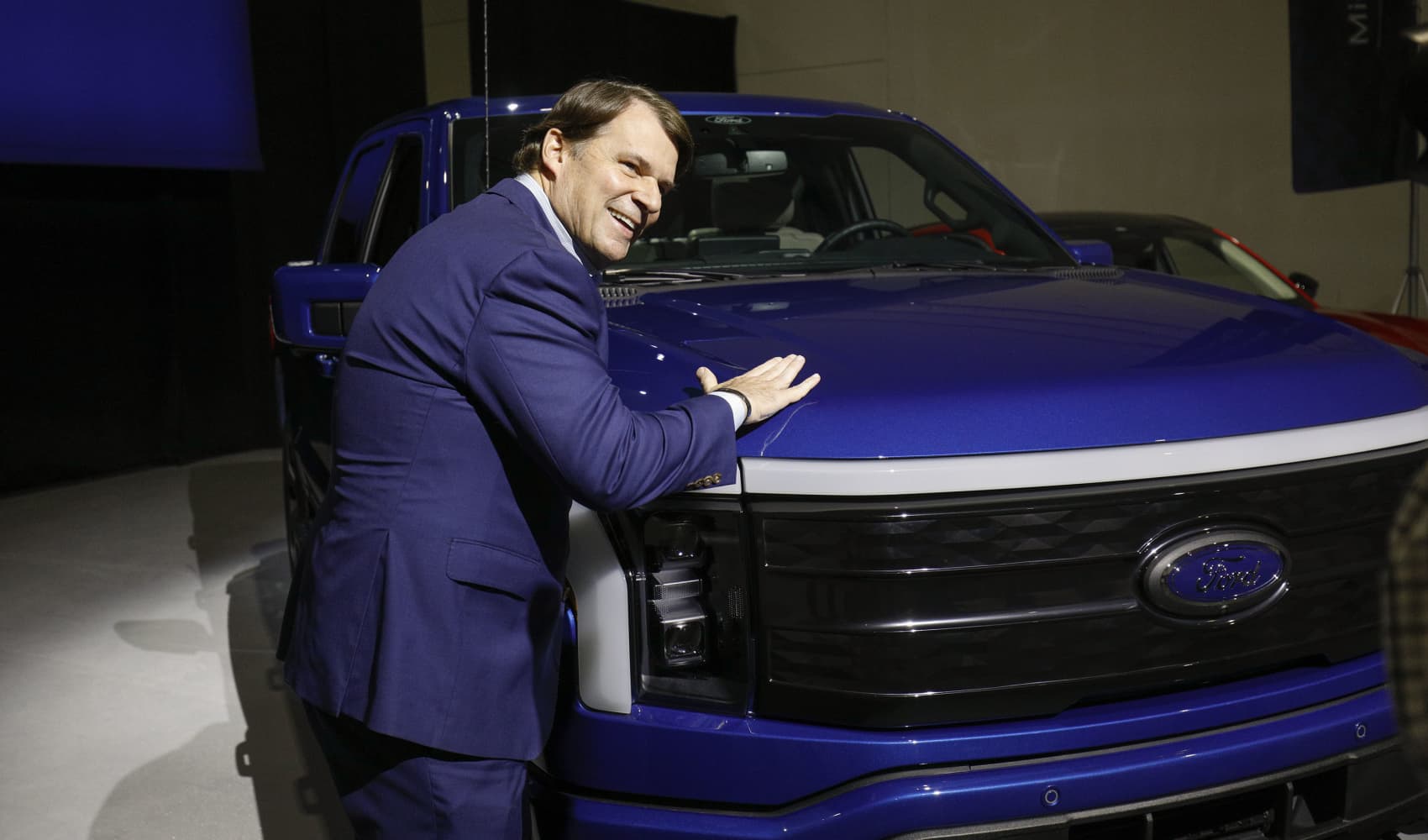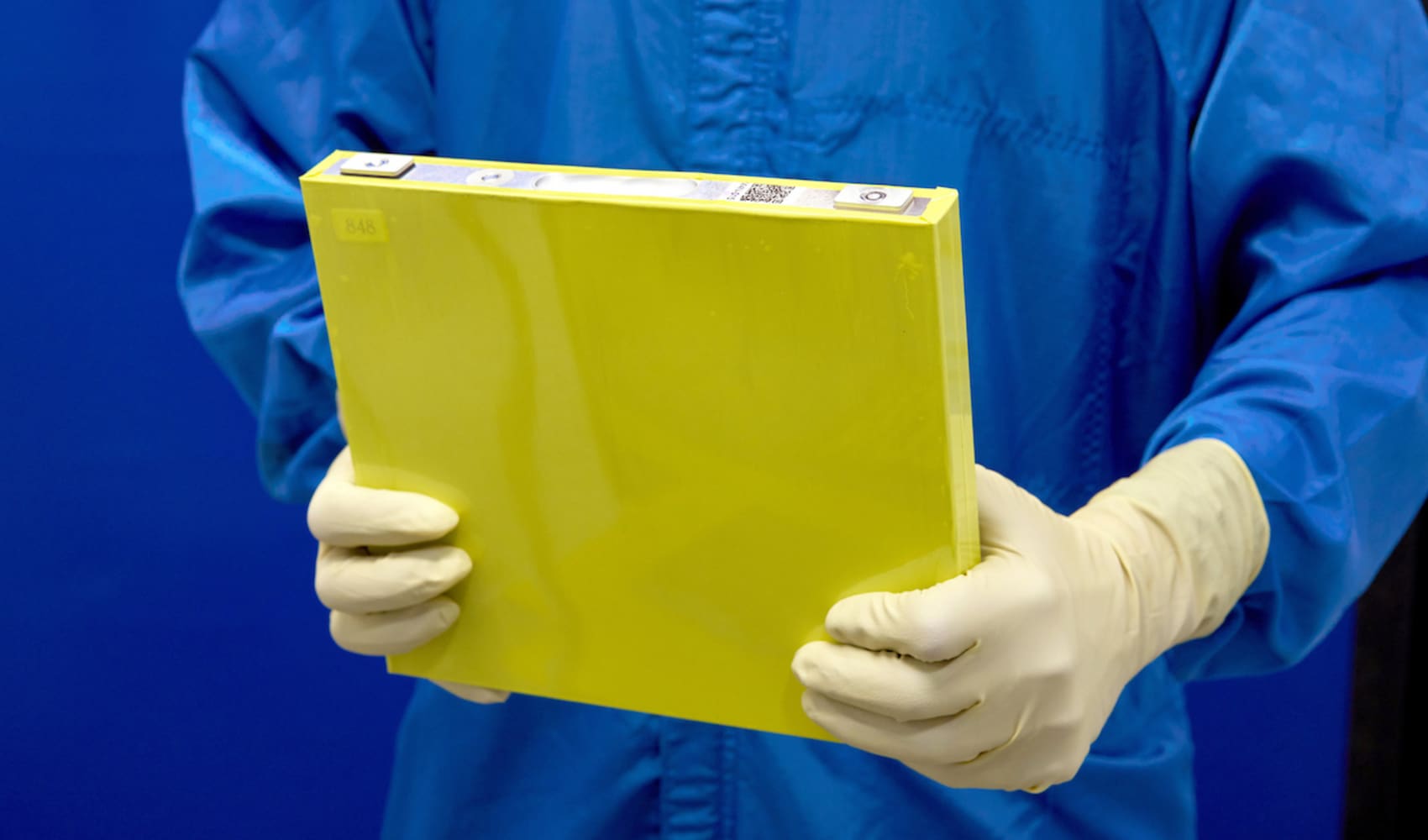CATL's EV Battery: 520km Range in 5 Minutes! BYD Beaten?
CATL's Shocking Breakthrough: 520km EV Range in 5 Minutes! BYD Dethroned?
Introduction: A New Era of EV Charging Speed?
The electric vehicle (EV) world is buzzing, and for good reason! China's Contemporary Amperex Technology Co. Ltd. (CATL), the undisputed heavyweight champion of EV battery production, has just thrown down the gauntlet. They're claiming a game-changing advancement: a battery capable of adding a staggering 520 kilometers (323 miles) of driving range with a mere five-minute charge. Can you imagine that? This could revolutionize how we think about EV ownership.
CATL's "Shenxing" Battery: The Game Changer
CATL's announcement centers around their second-generation "Shenxing" battery. The name itself evokes a sense of speed and power. According to the company, this battery shatters existing records for ultra-fast charging. It's not just a marginal improvement; it's a leap forward that could significantly reduce range anxiety, one of the biggest hurdles for EV adoption.
Beating BYD at Their Own Game?
The announcement is particularly interesting because it appears to directly challenge BYD, another Chinese EV giant and a major player in the battery market. While BYD has also made strides in fast-charging technology, CATL's claim suggests they've taken the lead, at least for now. The competition between these two companies is fierce, and the beneficiaries are ultimately the consumers who get access to better and better technology.
The 5-Minute Charge: How Realistic Is It?
The big question on everyone's mind is: how realistic is this 5-minute charge claim? While the technology sounds promising, several factors will determine its real-world effectiveness:
Infrastructure Requirements: Are Charging Stations Ready?
To achieve such rapid charging speeds, the charging infrastructure needs to be up to the task. Current charging stations may not be powerful enough to deliver the necessary energy to the battery in just five minutes. Upgrading the infrastructure is a massive undertaking that requires significant investment.
Battery Degradation: Will Fast Charging Reduce Battery Life?
Repeatedly charging a battery at ultra-fast speeds could potentially lead to faster degradation and reduced lifespan. CATL will need to demonstrate that the Shenxing battery can withstand frequent fast charging without significant performance loss over time. Have they addressed this, or is this the elephant in the room?
Vehicle Compatibility: Will It Work in All EVs?
The Shenxing battery may not be compatible with all existing EVs. The battery's size, weight, and voltage requirements need to match the vehicle's specifications. This means that car manufacturers will need to design their vehicles to accommodate the new battery technology.
The Impact on Western Competitors
CATL's breakthrough puts significant pressure on Western battery manufacturers. Companies in Europe and North America will need to accelerate their own research and development efforts to stay competitive. The race is on to develop batteries that offer longer range, faster charging, and improved safety.
Beyond Range: What Other Innovations Did CATL Announce?
While the ultra-fast charging capability is the headline grabber, CATL likely announced other innovations as well. These could include improvements in battery energy density, thermal management, and safety features. Understanding these additional advancements will provide a more complete picture of CATL's technological prowess.
Cost Implications: Will Ultra-Fast Charging Be Affordable?
The cost of the Shenxing battery will be a crucial factor in its adoption. If the battery is significantly more expensive than existing options, it may limit its appeal to high-end EVs. Making ultra-fast charging accessible to the mass market will require cost-effective manufacturing and supply chain management.
The Future of EV Batteries: A Glimpse into Tomorrow
CATL's announcement offers a tantalizing glimpse into the future of EV batteries. Imagine a world where charging your EV is as quick and convenient as filling up a gas tank. This could be the key to unlocking widespread EV adoption and accelerating the transition to a cleaner transportation system. The possibilities are exhilarating.
How Does the Shenxing Battery Work?
While CATL hasn't divulged all the technical details, it's likely that the Shenxing battery incorporates several key innovations to achieve its ultra-fast charging capabilities. These could include:
Advanced Cell Chemistry
The battery likely uses a new cell chemistry that allows for faster ion transport and reduced internal resistance. This enables the battery to absorb energy more quickly without overheating.
Improved Thermal Management System
A sophisticated thermal management system is essential to dissipate heat generated during fast charging. This system helps to prevent battery damage and maintain optimal performance.
Optimized Battery Design
The battery's design may incorporate features that enhance heat dissipation and improve energy flow. This could include innovative cell arrangements and cooling channels.
The Geopolitical Implications
CATL's dominance in the EV battery market has significant geopolitical implications. China is positioning itself as a leader in the electric vehicle industry, which could give it a competitive advantage in the global economy. This raises questions about supply chain security and the need for other countries to develop their own domestic battery industries.
Is This Just Hype? Separating Fact from Fiction
It's important to approach CATL's claims with a healthy dose of skepticism. Marketing hype is common in the tech industry, and it's crucial to verify the company's claims with independent testing and real-world data. We need to see the numbers. Show us the data! It's a critical time to be realistic as excitement builds for this technological leap.
The Consumer Perspective: What Does This Mean for EV Owners?
For EV owners, CATL's announcement offers the promise of greater convenience and reduced range anxiety. Imagine being able to quickly top up your battery during a road trip or while running errands. This would make EV ownership more appealing to a wider range of consumers. Are you excited, because I am!
The Road Ahead: Challenges and Opportunities
While CATL's breakthrough is exciting, there are still challenges to overcome. These include upgrading the charging infrastructure, ensuring battery durability, and reducing costs. However, the potential rewards are immense. The ability to charge an EV in just five minutes could revolutionize the transportation industry and accelerate the transition to a sustainable future.
Conclusion: A Potential Game Changer
CATL's claim to have achieved a 5-minute charge time for 520km of EV range is a bold statement that could potentially transform the EV landscape. While questions remain about the real-world feasibility and cost, the announcement signals a significant leap forward in battery technology. It intensifies the competition with BYD and puts pressure on Western manufacturers to innovate. Ultimately, this advancement promises greater convenience for EV owners and brings us closer to a fully electric future. Will this technology bring us to a new era of EV popularity?
Frequently Asked Questions (FAQs)
Here are some frequently asked questions about CATL's new battery technology:
- Q: How does CATL's new battery compare to existing fast-charging technology?
- A: CATL claims its battery can add 520 km (323 miles) of range in 5 minutes, which is significantly faster than most existing fast-charging systems. Existing systems typically add around 100-200 miles of range in 30 minutes.
- Q: Will I be able to use this battery in my current EV?
- A: It is unlikely that you can use this battery in your current EV. Compatibility depends on the vehicle's design and charging infrastructure. The battery's specifications need to match the vehicle's requirements.
- Q: What are the potential drawbacks of ultra-fast charging?
- A: Potential drawbacks include accelerated battery degradation and the need for upgraded charging infrastructure. Frequent fast charging could reduce battery lifespan, and current charging stations may not be powerful enough to deliver the necessary energy.
- Q: How much will EVs with CATL's new battery cost?
- A: The cost of EVs with CATL's new battery will depend on various factors, including the battery's production cost, the vehicle manufacturer's pricing strategy, and government incentives. It is likely that the initial models will be more expensive, but prices could decrease as production scales up.
- Q: When will EVs with CATL's new battery be available?
- A: While CATL has announced the battery, the timeline for its availability in EVs is still unclear. It depends on when car manufacturers integrate the battery into their vehicles and complete the necessary testing and certification processes. We can expect that EVs with CATL's battery will be released within a few years.


